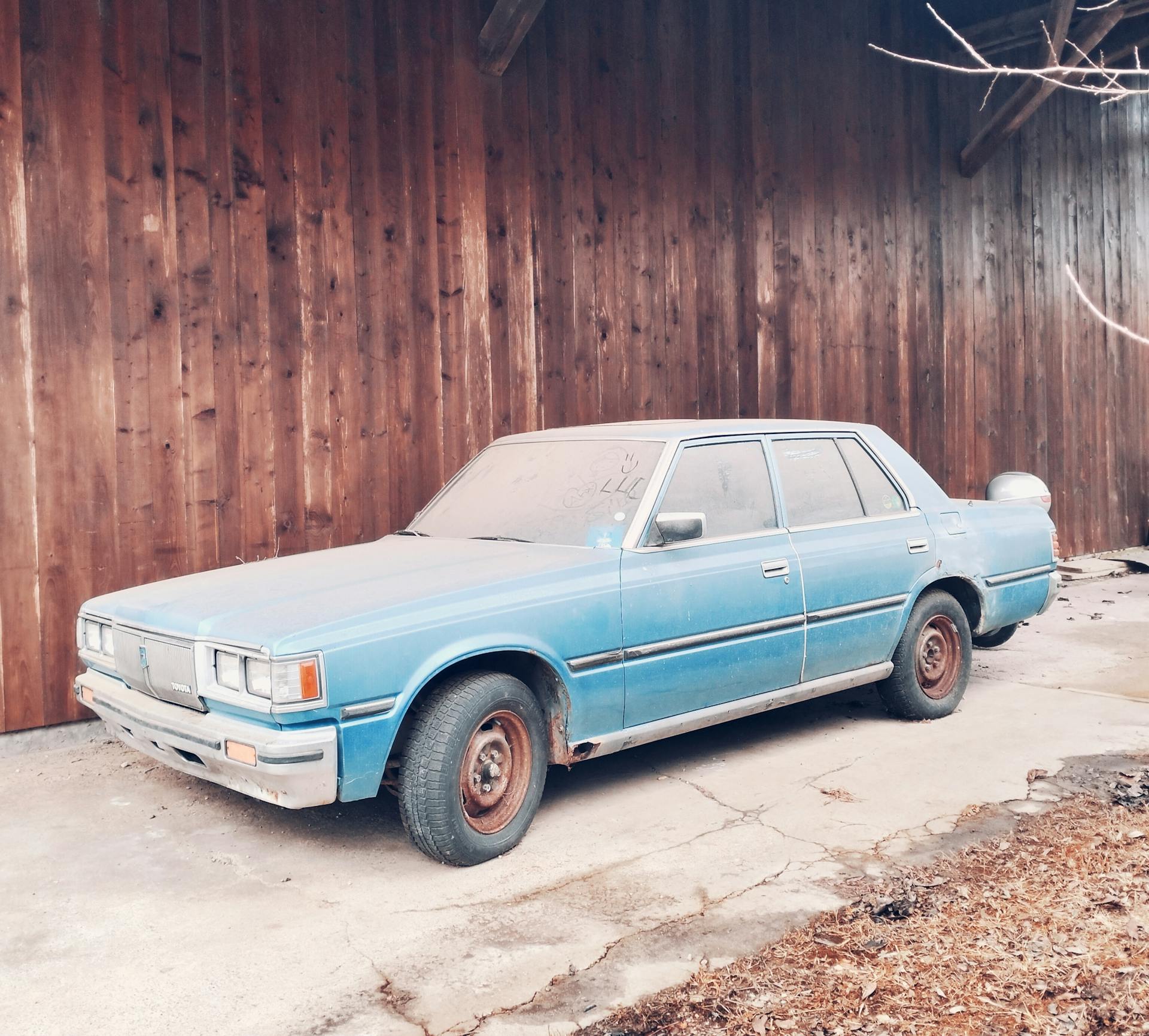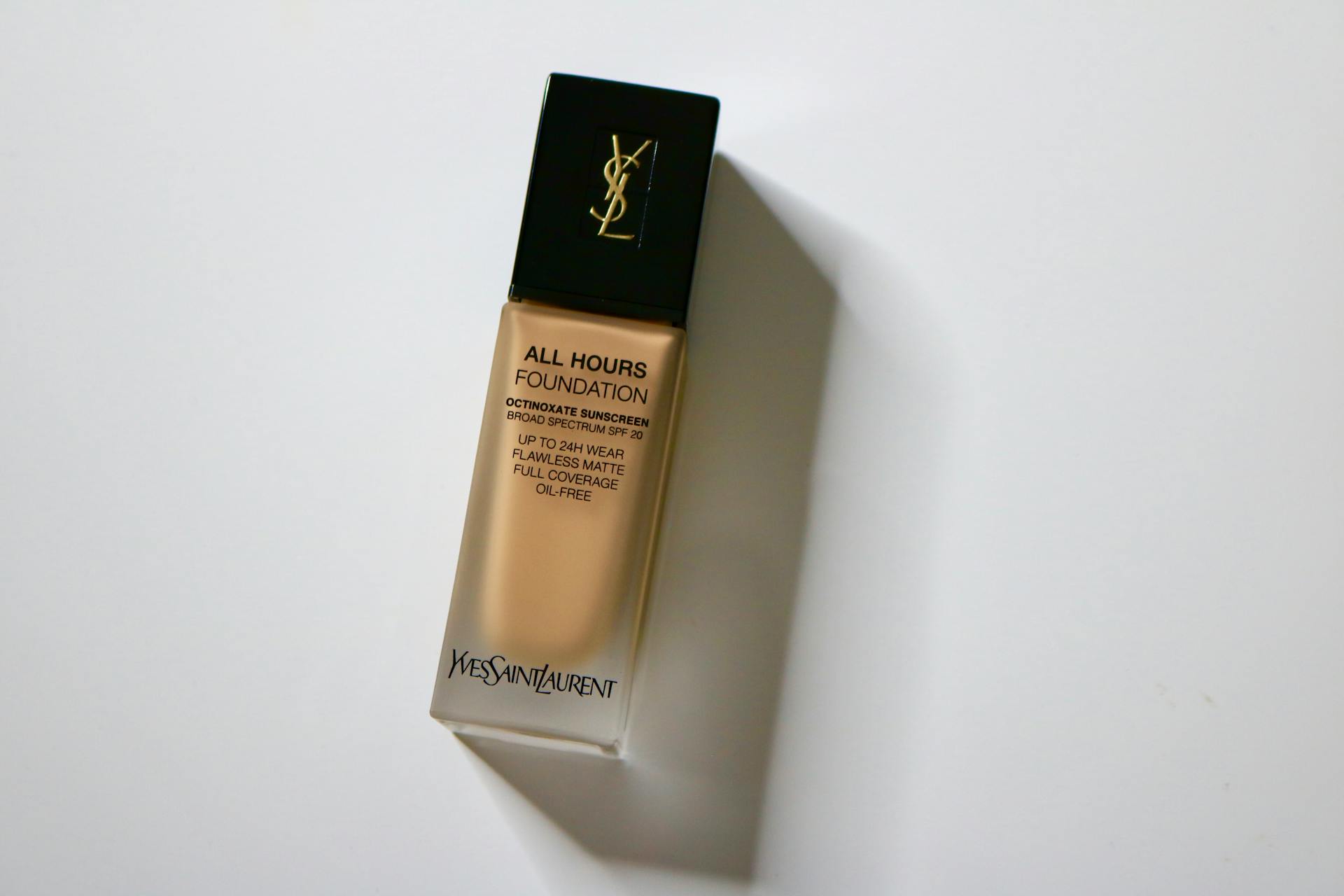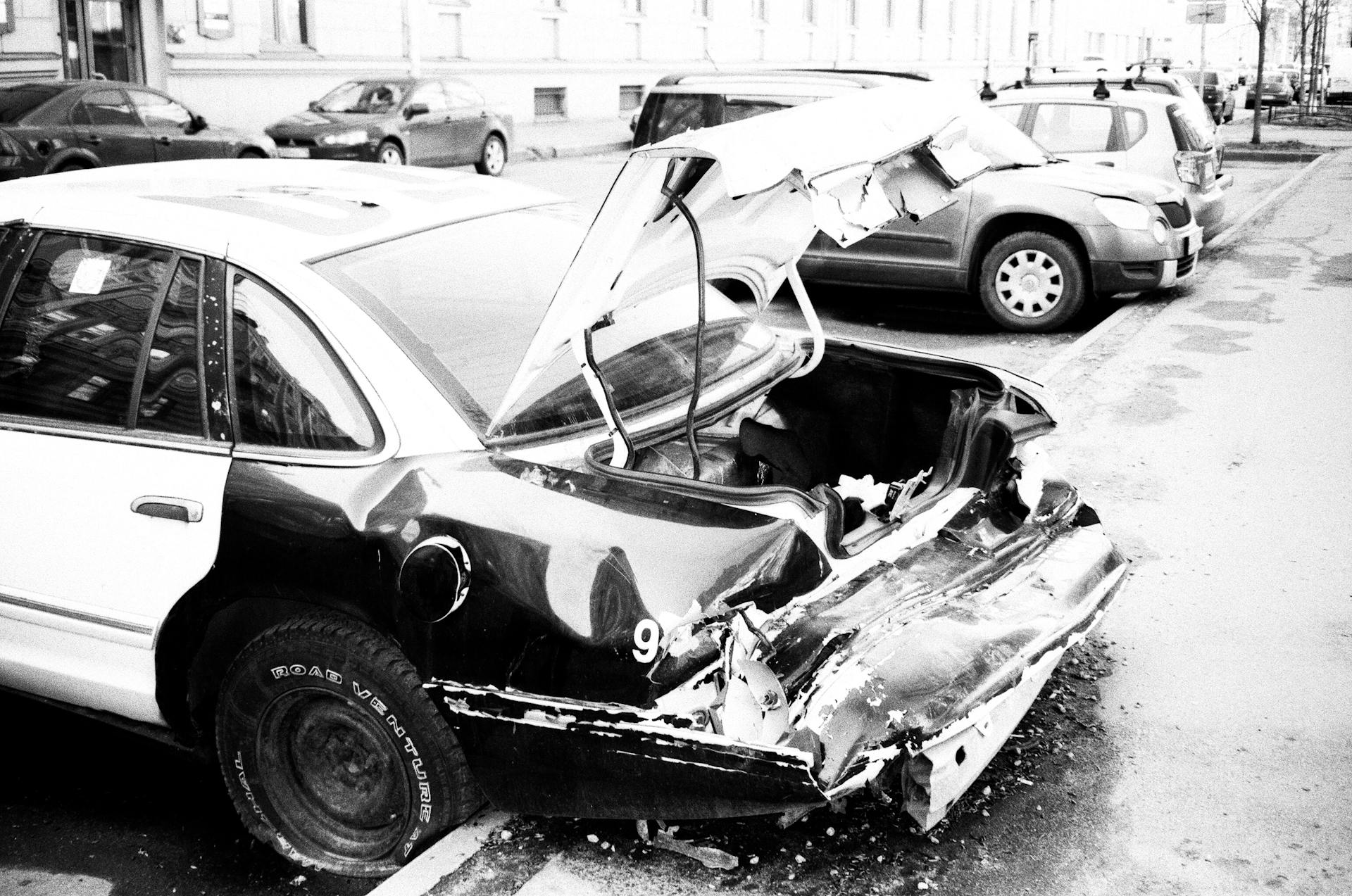
You've been paying for full coverage auto insurance for years, but have you ever stopped to think if it's really necessary? If you're driving an older vehicle or have a low loan balance, you might be able to get by with liability insurance and save some money.
Most states require a minimum level of liability insurance, which covers damages to other people and property in the event of an accident. If you're not using your vehicle frequently or have a low-risk driving record, you might be able to cut back to liability insurance.
Consider your financial situation and the value of your vehicle. If you're struggling to make ends meet or have a vehicle that's not worth much, liability insurance might be a more affordable option.
Insurance Basics
Liability insurance can help cover the costs if you're at fault in an accident that causes others to suffer bodily injuries or property damages.

Liability insurance covers sums that an insured becomes legally obligated to pay because of bodily injuries or property damage, or financial losses caused to other people.
Liability insurance only pays for damage to others, not for your vehicle's damage. This means if you're involved in an accident, you'll be responsible for covering the costs of repairs to your own car.
For that protection, you'll need what's commonly called full-coverage car insurance. Full coverage car insurance will cover you in more situations than liability alone, largely by the addition of coverage for your car.
Here are the key differences between liability-only and full coverage car insurance:
Liability-only insurance is a basic car insurance coverage, and it's mandated by law in many places. Purchasing full coverage car insurance will cost you more, but it will provide you with more protection in case of an accident.
Liability-only insurance is best for drivers who can afford to pay for repairs to their own car out of pocket, or for those who drive older cars that are not worth much.
Key Considerations

If you're considering switching from full coverage to liability, it's essential to understand the key considerations involved. Full coverage isn't an insurance policy, but rather a term that refers to liability, collision, comprehensive coverage, and other coverages or higher amounts.
The type of insurance you need will depend on your circumstances. If you finance or lease a vehicle, you may be required to have full coverage. However, if you own your car outright and have a higher risk tolerance, liability insurance might be sufficient.
Liability insurance is almost always required, so it's crucial to understand what it covers. Auto liability insurance helps cover physical or bodily damage claims when you're responsible for damages to another person or their property.
The amount of coverage you need will depend on several factors, including whether you finance a vehicle, the value of your car, and your risk tolerance.
Curious to learn more? Check out: Is Collision Coverage Required
When to Switch
Switching from full coverage to liability insurance is a personal decision that depends on various factors. You can drop full coverage once you've paid off your vehicle, but it's essential to consider the costs and benefits.

If your vehicle is older than 10 years, the cost of full coverage might be more than the vehicle's value. This is a common scenario where dropping full coverage to liability-only might be a good financial choice. In fact, most people drop down to liability after their vehicle is older than 10 years to avoid paying too much in auto insurance.
However, some people might not be comfortable with the idea of dropping full coverage, even if they've paid off their vehicle. Accidents can happen to anyone at any time, and it's always better to have peace of mind with full coverage.
Here are some scenarios to consider:
- If your vehicle is all paid up and 100% yours, you might wonder whether you should keep your full coverage policy.
- If you buy a brand new $30,000 car with cash, could you afford to replace it on your own if you're at fault in an accident and have only liability insurance?
- If you don't drive much or haven't filed a claim in many years, skipping full coverage might be a good option.
Ultimately, the decision to switch from full coverage to liability insurance depends on your individual circumstances and risk tolerance.
Financial Implications
Paying too much for full coverage can be a heavy burden, especially if it's more than 10% of your car's replacement value. This is why it's essential to reassess your coverage and consider switching to liability insurance.

If your annual full coverage insurance costs exceed 10% of your car's replacement value, it may be time to reevaluate your policy. For example, if your car is worth $4,000, and your insurance premiums for full coverage are more than $300 a year, it's worth considering liability only.
Your emergency fund is another crucial factor to consider. If it's non-existent or looking thin, it's best to keep your full coverage policy while working to build it up.
Here are some key financial implications to keep in mind:
- Annual full coverage insurance costs exceeding 10% of your car's replacement value may indicate a need to switch to liability insurance.
- Consider your emergency fund: if it's thin, you may want to keep full coverage while building it up.
- Policy costs: if they exceed your means, it may be time to switch policies or consider liability only.
Do Your Research
Researching your policy is crucial when deciding between full coverage and liability-only insurance. You need to carefully read the details of your policy to understand the limits of your liability coverage.
The limits on your policy are set by the insurer, and once you've reached them, you're responsible for paying the rest of the damages. This can be a significant financial burden.
On a similar theme: Car Insurance Liability Coverage Limits

Bodily injury coverage, for example, usually caps off at around $500,000 per accident. This is the total amount the insurer will pay out for all injuries sustained in a single accident.
The per-person amount of bodily injury coverage maxes out at around $250,000. This is the maximum amount the insurer will pay out for each individual's injuries in an accident.
You can typically get up to $100,000 towards property damage repair with a liability plan. This can help cover the costs of repairing or replacing damaged property.
Here are the key categories to consider when reviewing your liability policy:
Accident and Liability
If you're involved in an accident, your liability insurance will cover damages to the other driver's vehicle or property, but it won't cover the cost to repair or replace your own car.
Liability insurance includes two coverage types: bodily injury liability and property damage liability. Bodily injury liability covers medical bills, loss of income, and pain and suffering for injured parties, while property damage liability covers repair or replacement costs for damaged property.
Broaden your view: General Liability Fire Damage Coverage
If you're at fault in an accident, your liability insurance won't cover the cost to repair or replace your car, but the other driver's liability coverage would cover damages to your vehicle up to their policy's limits.
Here are the key things your liability insurance won't cover:
- Costs if you or someone in your vehicle gets hurt
- Repairing your car due to an accident that's your fault
- Uninsured or underinsured drivers damaging your car
- Claims that are higher than your insurance liability limit
Frequently Asked Questions
What is the rule of thumb for liability insurance?
Carry enough liability insurance to cover your net worth, which is calculated by adding the value of your assets and subtracting your liabilities
Sources
- https://www.investopedia.com/liability-vs-full-coverage-car-insurance-which-is-better-7501599
- https://dmv.ny.gov/insurance/insurance-requirements
- https://themilitarywallet.com/drop-full-coverage-auto-insurance-to-liability/
- https://www.bergerlawsc.com/video/an-attorney-s-guide-to-how-much-car-insurance-you-really-need.cfm
- https://www.insurance.com/auto-insurance/coverage/liability-vs-full-coverage
Featured Images: pexels.com

